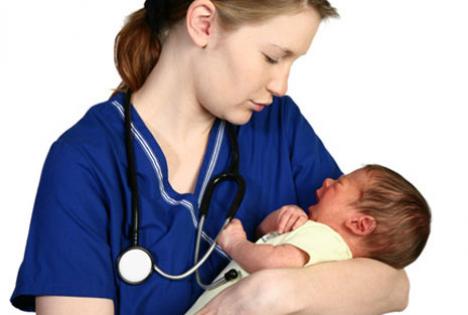The research also found there was no difference in infant deaths between low-risk pregnant women cared for by doctors and those in high-quality midwife care.
The study by Dr Meredith McIntyre from Monash University reviewed 22 Australian and international studies comparing births from midwife care, birth centres and home births with hospital care.
Eighteen studies looked at infant mortality and of those, 14 found that non-medical deliveries were as safe or safer for babies than standard hospital or obstetric care.
However, four large studies reported an increased risk to babies.
The studies which measured medical interventions all found women had fewer interventions and were more likely to have a normal delivery if they were cared for by midwives, or gave birth at home or in birth centres.
Dr McIntyre said the review showed non-medical management was just as safe for low-risk women, as long as rigorous guidelines were followed.
She said this meant transferring women into standard hospital care as soon as they were identified as having any high-risk factors.
Neither medical or midwife-led care was absolutely safe. Babies could die in both environments, although this was rare, Dr McIntyre said.
Royal College of Obstetricians and Gynaecologists spokesman, Associate Professor Steve Robson said it was unsurprising that women in non-medical care experienced fewer interventions because they chose those environments for that reason.
He said the results showed that the rate of infant deaths or adverse outcomes were uncommon in women with low-risk pregnancies.
"Women who are very keen to avoid interventions will obviously be more likely to book into a birth centre or to try to have a home birth," he told AAP.
"Women who are very keen to have an epidural are the ones likely to book for obstetric care in a hospital."
The 22 studies came from Australia, Canada, the Netherlands, New Zealand, Sweden, the United Kingdom and the United States.








 Agree (0)
Agree (0) Disagree (
Disagree (











__small.png)










